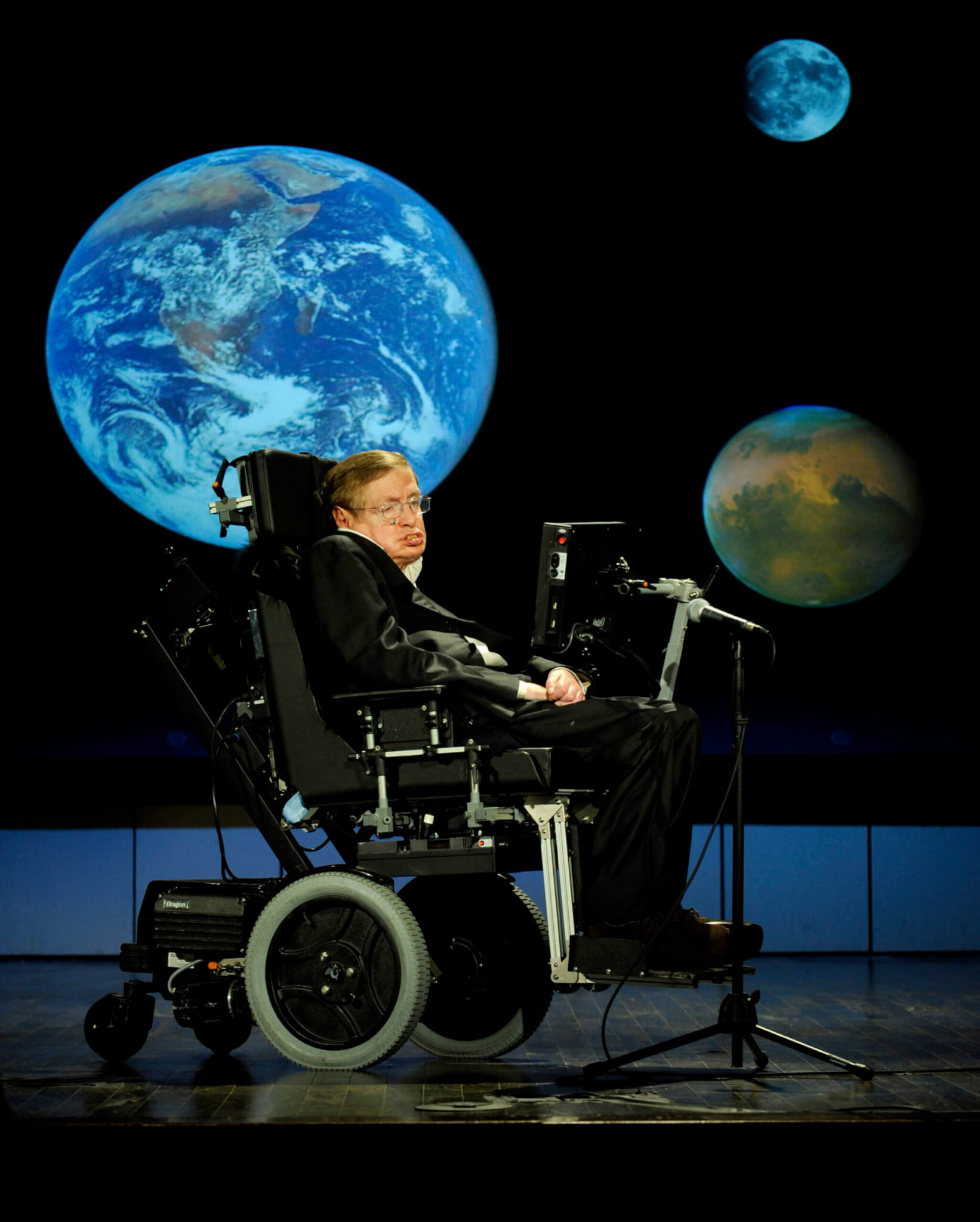ANN ARBOR, Mich. — Golfing, gardening, and several other recreational activities may soon be off the table for men everywhere. A concerning new report by researchers at Michigan Medicine has found a strong connection between these hobbies and the development of amyotrophic lateral sclerosis (ALS). Importantly, the team believes they may already know what’s causing the heightened risk — repeated exposure to pesticides.
The new study found that men who play golf had three times the risk of developing ALS, a disease which causes a progressive degeneration of the nerves, leading to paralysis, and eventually death. Other recreational activities linked to the disease included gardening, general yard work, woodworking, and hunting.
“We know that occupational risk factors, like working in manufacturing and trade industries, are linked to an increased risk for ALS, and this adds to a growing literature that recreational activities may also represent important and possibly modifiable risk factors for this disease,” says first author Stephen Goutman, M.D., M.S., director of the Pranger ALS Clinic and associate director of the ALS Center of Excellence at University of Michigan, in a media release.
What is ALS?
Amyotrophic Lateral Sclerosis, also known as Lou Gehrig’s disease, affects nerve cells in the brain and spinal cord. The disease targets motor neurons, which are essential for controlling muscle movements. As ALS progresses, these neurons degenerate and die, leading to the brain’s inability to initiate and control muscle movement.
Patients with ALS may experience weakness in their limbs, difficulty speaking, swallowing, and breathing. The symptoms gradually worsen over time, eventually leading to paralysis and death. The cause of ALS is not fully understood, though it is believed to involve a combination of genetic and environmental factors. Unfortunately, there is currently no cure for ALS, and treatment focuses on alleviating symptoms, improving quality of life, and extending survival.
Some notable individuals who have battled the disease include baseball legend Lou Gehrig (whom the disease was named for in the U.S.), famed theoretical physicist Professor Stephen Hawking, “Sesame Street” creator Jon Stone, and “SpongeBob SquarePants” creator Stephen Hillenburg. Patients typically lose the ability to talk due to their paralysis and communicate using a computer-powered voice synthesizer. People generally develop ALS between the ages of 40 and 70, but the disease can strike earlier, even in a person’s 20s.

Researchers did not find the same risk among women
The Michigan team surveyed 400 people living with ALS and another 300 without the disease. They studied each person’s hobbies and non-work-related activities. Although researchers found this link heavily connected to men, they didn’t find the same thing among women.
“It is surprising that the risk factors we identified appear to be specific to males,” Goutman says. “While these activities may also increase ALS risk in females, the number of females in our study was too small for us to come to that conclusion.”
One pesticide may be the cause
Researchers say that their new findings add to the evidence that environmental exposures play a major role in the development of ALS. Known as ALS exposome, the lifetime buildup of exposure to certain chemicals may be what triggers the condition in many people. One of the main culprits the team is looking at are pesticides. Specifically, the team suspects that outdoor exposure to formaldehyde — especially while men are out golfing or working in their yards — may be a key contributor to ALS development.
“Our goal is to understand what occupations and hobbies increase ALS risk because identifying these activities provides the first step towards ALS prevention,” says senior author Eva Feldman, M.D., Ph.D., director of the ALS Center of Excellence at U-M and James W. Albers Distinguished University Professor at U-M.
“For a disease like Alzheimer’s, we know that a list of factors — including smoking, obesity and high lipids — can increase risk by 40%. Our goal is to establish a similar list for ALS to create a roadmap to decrease risk. With apologies to Robert Frost, it is currently the ‘road not taken’, and we want to change that.”
The team is now examining if similar factors can explain higher disease risk among people who work in production, manufacturing, metalworking jobs, as well as people with a family history of ALS.
Although researchers found a connection between ALS and popular sports like golf, they note that it’s far too early to say that men should stop golfing at this time. Previous studies have noted the tremendous benefit recreational activities have on health. These include boosting mental health and physical activity among older adults.
The results are published in the Journal of the Neurological Sciences.
This study received funding from the National Institutes of Health, The National ALS Registry/CDC/ATSDR, the ALS Association, the NeuroNetwork for Emerging Therapies, the Robert and Katherine Jacobs Environmental Health Initiative, the NeuroNetwork Therapeutic Discovery Fund, the Peter R. Clark Fund for ALS Research, the Sinai Medical Staff Foundation, Scott L. Pranger, and the University of Michigan.
